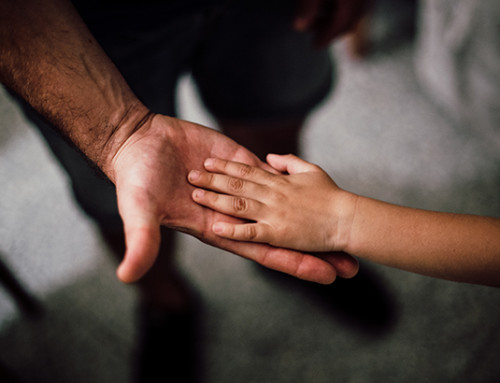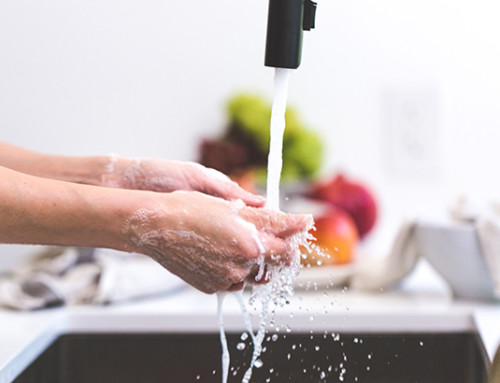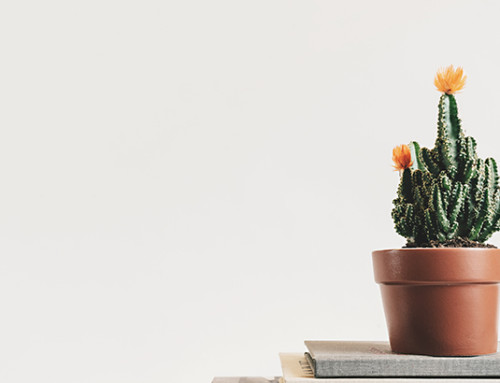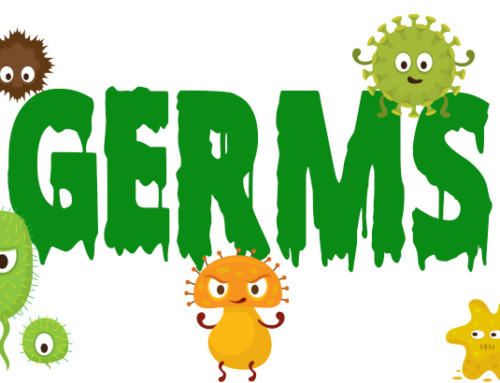Are you curious about where the most germs reside in your house? This is a fun experiment to teach kids about germs, and where they might be more heavily populated in your home. If your bets are on the bathroom, you might be surprised! Let’s find those germ hot spots!
Introduction:
Did you know that there are more germs found in the kitchen than in any other room in your house? Surprising, right? We always think the bathroom must be the ‘germiest’ spot. So why the kitchen? We’re not the only living thing that likes food. So do microbes!
Microbes can grow under very diverse conditions, which is why they’re pretty much everywhere. But where do they thrive? Microbes love warm temperatures, moist environments, solutions with a neutral pH, and plenty of oxygen. They also need nutrients, such as carbon, nitrogen, phosphorous, or sulfur.
The human body is a fantastic host for many microbes, both inside and out. We carry around a lot more microbes than you might think. On each square centimeter of your skin, there are about 1,500 bacteria, and when we move around and touch other things, we shed some bacteria, maybe pick up some more. Sharing is caring, and as it turns out, we’re pretty darn good at sharing microbes!
So, knowing what you know about microbes, where do you think they’ll be most prevalent in your home? Let’s perform this experiment to find out if you’re right.
Materials:
Tryptic Soy/Rose Bengal (TSA/RB) Dipslides
A marker
Tape
Procedures:
 Using your TSA/RB dipslides, you will need to sample several places in your house. Each dipslide should be used to sample a different location. Locations can include the toilet, a door knob, the kitchen sink, a plant, the kitchen counter, the stove knobs, faucet handles, pet toys, the remote control, the coffee maker, toothbrush holders, etc. etc. etc. The list goes on and on! Just pick those that you think will have the most germs.
Using your TSA/RB dipslides, you will need to sample several places in your house. Each dipslide should be used to sample a different location. Locations can include the toilet, a door knob, the kitchen sink, a plant, the kitchen counter, the stove knobs, faucet handles, pet toys, the remote control, the coffee maker, toothbrush holders, etc. etc. etc. The list goes on and on! Just pick those that you think will have the most germs.
You should also have a control paddle that you do not test anything with.
When testing each object, carefully remove the paddle from the vial. Do not touch the paddle agar, as you may contaminate it and produce false results. To touch any object or surface, gently press the paddle down two times in two different locations. This will ensure a better rate of capturing microbes. Do this for each side of the paddle.
Replace the paddle in the vial, and seal it with a piece of tape. Do not reopen the paddle until you are ready to dispose of it. With a marker, write the object tested on the side of the vial. Record the items you tested in order according to what you think will have the most germs.
Set your dipslides aside in a warm place, out of direct sunlight for 5 days. On top of the refrigerator is a great location! You can check the paddles occasionally to see if anything is growing. After 5 or 6 days, observe all of your paddles. What are the results? What had the most growth? Are you surprised?
Often times, the kitchen counter or kitchen sink contain the most germs.
An adult should dispose of the paddles after the experiment is over. Make a 1:9 dilution of household bleach, and place the paddles in the solution for 15 minutes, then discard. Alternatively, loosen the cap slightly and microwave for 30 seconds.
Going Further
Try to identify some of the microbes growing on your paddles. Use the LaMotte BioPaddle app to see if you can identify the growth. Compare which items had more fuzzy molds and which had more bacteria. What is the largest colony size? Did any growth become confluent? Check out our experiment on the effectiveness of antiseptics and disinfectants to follow this up!







Leave A Comment